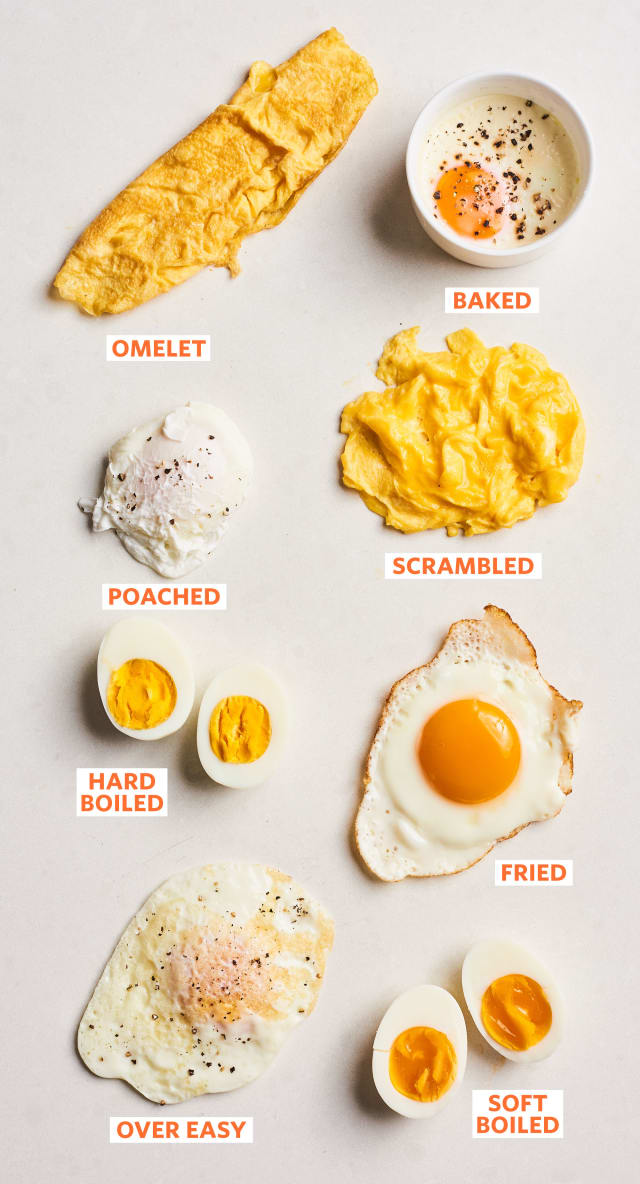https://www.girlsgonestrong.com/
Imagine this: your client is training consistently five to six times a week; they meet with you as their coach, diligently note their workouts in their training log, and send your their weekly updates. They never (OK, almost never) skip their warm-up — even the breathing drills! And yet, week after week, they are lifting less weight, moving slower, and feeling more out of breath. This is the training reality for many physically active pregnant women as they progress from first to second to third trimester.
 Historically, the guidelines for physical activity during pregnancy have focused on demonstrating safety. However, in recent years, the cumulative body of evidence suggests that exercise is not only safe during pregnancy, but is recommended as a way to reduce pregnancy complications and optimize health. For example, the Society of Obstetricians and Gynaecologists of Canada prescribes at least 150 minutes of low to moderate intensity physical activity over a minimum of three days each week.
Historically, the guidelines for physical activity during pregnancy have focused on demonstrating safety. However, in recent years, the cumulative body of evidence suggests that exercise is not only safe during pregnancy, but is recommended as a way to reduce pregnancy complications and optimize health. For example, the Society of Obstetricians and Gynaecologists of Canada prescribes at least 150 minutes of low to moderate intensity physical activity over a minimum of three days each week.
For those who have been physically active before getting pregnant, meeting these guidelines may not be difficult. However, this group of women — from avid exercisers to recreational and competitive athletes — may struggle with setting appropriate fitness goals during this period, as the focus shifts away from specific athletic benchmarks to preparing and supporting the body through pregnancy.
Athletic identity takes a back seat during the nine months of gestation. While some women cruise through the pregnancy, others find themselves struggling with the newly-imposed limitations on the type and intensity level of the physical activity, compared to their regular baseline.
How much a pregnant woman’s day-to-day life will change will depend on the type of activities she usually enjoys, as well as how well she is feeling throughout the pregnancy.
Compare a woman who loves hiking to a woman who loves soccer. The first will be able to continue hiking well into her pregnancy — while the distance and the intensity of her hikes may decrease, she can continue engaging in the activity she most enjoys.
 Meanwhile, pregnant soccer players will often be advised to cease playing, due to risk of being hit in the abdomen. Similar guidelines will apply to any high-impact sports, or sports with higher risk of falling — think water skiing, mountain biking and others.
Meanwhile, pregnant soccer players will often be advised to cease playing, due to risk of being hit in the abdomen. Similar guidelines will apply to any high-impact sports, or sports with higher risk of falling — think water skiing, mountain biking and others.
What can be difficult is finding the middle ground between the regular levels of activity and intensity that your client is used to, and being completely sedentary. The all-or-nothing mindset is all too familiar to the human species, so as the energy levels, the body shape, and physical fitness in general of your client start to change, and she is no longer able to be active in a way that she is used to, it is can be tempting for her to throw in the towel, and simply “wait it out.”
To help your client set appropriate training goals as she is growing a human, you can adopt the following strategies:
Keep the Frequency
How often can a pregnant woman exercise? The good news is that this is one of the things that can stay the same up until the very end of the pregnancy, barring any complications.
For healthy low-risk pregnancies, women can exercise as frequently as they have before getting pregnant (few exceptions may apply to competitive athletes who are used to training multiple times a day).
While older guidelines used to prescribe specific heart rate ranges for pregnant women, most medical professionals no longer use those. Perceived rate of exertion may be a better indicator of effort here. Keep in mind that what might have been a “light” physical activity in the past, may now rate as “moderate” or even “hard.”
Your pregnant client can use her energy levels, and take into account possible symptoms, like nausea, to guide her workout frequency and intensity throughout the nine months.
Adjust the Timeline
In pregnancy, energy and general well-being can fluctuate significantly from week to week, so longer training cycles (four to six weeks) are less meaningful. For example, walking uphill may have been possible at eighteen weeks, but is uncomfortable at twenty weeks, because of increased pelvic discomfort, so shifting to a stationary bicycle may be in order.
Consider shifting the setting of fitness goals to a daily or a weekly cycle, and use the following questions to guide you:
 Has your client engaged in any intentional physical activity today?
Has your client engaged in any intentional physical activity today? - Has your client done any strength training this week?
- Has your client gone out for a walk this week?
- How many days has your client been able to exercise this week?
Maintaining regular schedule for physical activity — and aiming for consistency, rather than specific exercises — will be helpful.
Reframe the Mindset
Higher level of physical fitness before pregnancy can be a blessing and a curse. On one hand, a healthy low-risk pregnancy is more likely, and the likelihood of negative health outcomes is diminished.
On the other hand, putting on shoes or getting out of bed have likely never been a struggle for your client. Whereas before, she would fall asleep quickly, and could sleep through a tornado, now she might toss and turn, struggle to get comfortable, wake up multiple times to pee, inexplicably wake up at 3 a.m. and stare at the ceiling for an hour before giving up and crawling out of bed for snack, only to fall asleep again on the couch for another hour or two.
Athletic women are used to their bodies functioning a certain way. Pregnancy, with its ever-changing aches, pains and symptoms, presents a significant challenge to how these women view themselves.
At the same time, while it is customary to train for months for an upcoming athletic event, we do not usually approach pregnancy the same way. This is not surprising, as athletics and motherhood are often portrayed as being at odds with each other.
If childbirth was an endurance event — which it is! — how might you approach pregnancy differently?
- How would you train?
- How would you taper?
- What nutrition strategies might you employ?
- What about stress management and self-care? How will you use your support network in your preparations for the big day?
- What will your recovery look like?
For a pregnant athlete, reframing labor and childbirth as a type of athletic event can be crucial not just for setting appropriate fitness goals during pregnancy, but also for reconciling both identities.
Women who engage in competitive athletics before pregnancy may struggle with setting appropriate fitness goals during pregnancy. As a health and fitness professional, you can assist your clients to remain active by keeping the frequency of their workouts, adjusting the timeline of training goals, as well as helping her reframe her mindset to view labor and childbirth as a form of athletic event.
References
- Canadian Guideline for Physical Activity throughout Pregnancy. Available at: https://els-jbs-prod-cdn.literatumonline.com/pb/assets/raw/Health%20Advance/journals/jogc/JOGC908_LR-1539864964137.pdf
- McGannon K, Gonsalves C, Schinke R, Busanich R: Negotiating motherhood and athletic identity: a qualitative analysis of Olympic athlete mother representations in media narratives. Psychol. Sport Exerc. 2015, 20:51-59 http://dx.doi.org/10.1016/j.psychsport.2015.04.010.
The post How to Help Your Active Client Set Training Goals During Pregnancy appeared first on Girls Gone Strong.

 Good morning, folks. After a awesome week (and weekend) taking over the
Good morning, folks. After a awesome week (and weekend) taking over the 


























 For now classes are 6pm and 640pm at 2840 Wildwood st in the Boise Cloggers studio.
Book your class NOW!
click this ==>
For now classes are 6pm and 640pm at 2840 Wildwood st in the Boise Cloggers studio.
Book your class NOW!
click this ==>








